I test TVs for a living – These are the 3 best luxe high-end TVs you can buy today
It's Luxury Month on T3, so here are the 3 best luxurious TVs to buy right now for the best home cinema experience
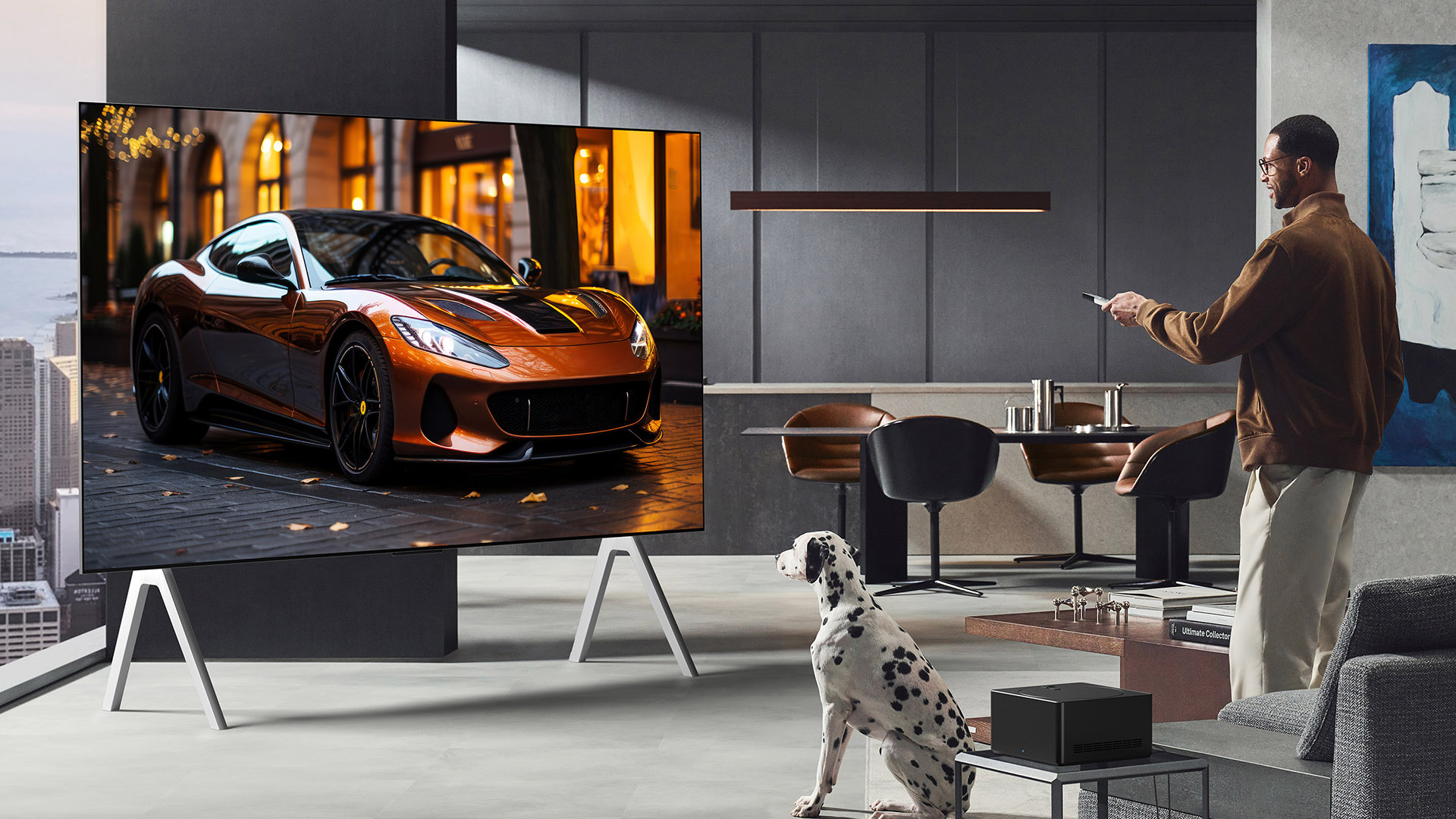

As a technology journalist and product tester, my job entails that I see, understand, contextualise and, of course, actually test a whole host of tech products – including the best TVs.
There are lots of new TV technologies – OLED, QD-OLED, QLED, Mini-LED (and even subsets of those) – on the market right now, so whittling down a list of the very best into a top 3 has taken considerable consolidation.
From the best OLED TVs to the best Mini-LED and even the best 8K TVs, in this list I've focused only on the best-of-the-best sets as part of T3's Luxury Month. Those tellies with tech to shout about, or ones so ahead of the curve they're future-proofed for years to come.
So, without further ado, these are the best high-end TV picks you can buy right now if you want some big-screen luxury in your life – with an explainer as to why for each of the entries.
3 Top Luxe TVs
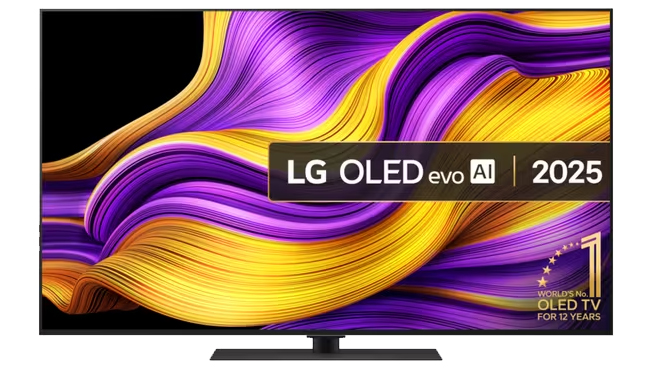
LG is the master of OLED – and OLED, which is an organic self-emitting light source, is the king of TV tech if you want perfect contrast, the richest blacks, and no light bleed to distract from picture perfection.
In the OLED G5, however, LG has ushered in a new ultra-bright era for the tech, thanks to a multi-layer panel that hits brighter peaks than ever. That puts it up there against any other panel, including Mini-LED, so it's great for movies, TV and gaming.
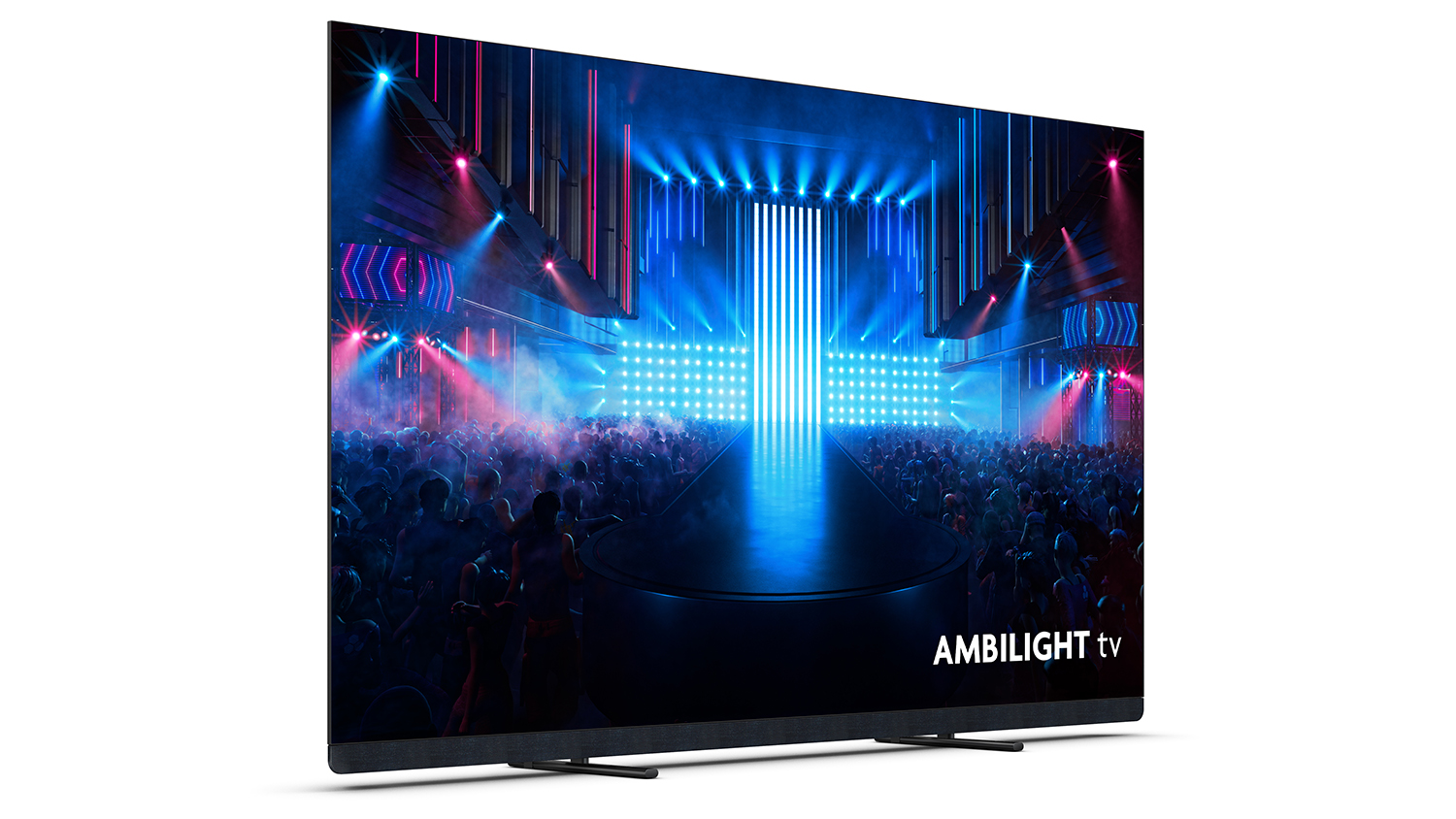
While Philips' current top-tier OLED uses last-generation tech – that's MLA, or Micro Lens Array, as it's known – it also includes Ambilight, which 'paints' real-time illumination on surrounding walls for an effect that no other brand can match.
Philips will catch up with LG's multi-layer tech in its incoming OLED+910 model, but that's not available to buy at the time of writing – and the OLED 909 is proof positive that the brand's image quality is truly exceptional.
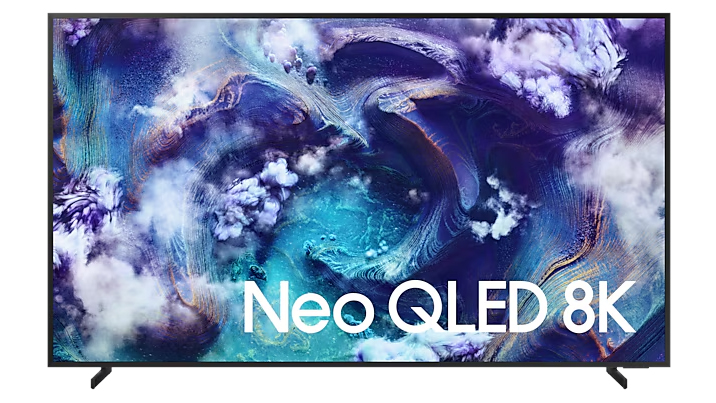
I had pondered whether to have a Mini-LED TV in this list, but in the end took that technology – i.e. miniature LED backlights for greater brightness and backlight precision – and married it with an 8K resolution.
Samsung's 8K telly is future-proofed for 'ultra-Ultra-HD' content, for when that's more normal, but now it expertly upscales thanks to an AI engine like nothing else. It's got an anti-reflective screen too, which looks stunning in any room – bright or dark.
G5 v 909 v QN900F: Sizes & Pricing
- LG OLED G5: 48*- 55-, 65-, 77-, 83-, 97*-inch (* = less bright)
- Philips OLED 909: 55-, 65-, 77-inch
- Samsung QN900F: 65-, 75-, 85-inch (QN990F in 98-inch option)
If you're looking for a high-end, luxury TV then the chances are you're not looking for a small-scale model as part of that. Which is probably a good thing – as these three sets generally come in large sizes only! The only exception is the LG, which offers a new 48-inch version.
For the sake of this price comparison, therefore, I've pitched the 65-inch versions of each three models against one another, so you can get a taste of their respective launch prices. For real-time pricing, however, check out the shopping widget embedded above.
| Row 0 - Cell 0 | UK | USA | Australia |
LG OLED G5 65-inch | £3,299 | $3,399 | AU$5,299 |
Philips OLED 909 | £2,799 | N/A – not in region | N/A – not in region |
Samsung QN900F | £3,299 (TBC) | $3,299 | AU$4,495 |
Just to throw a bit of a spanner in the works, however, the Philips isn't available outside of the European region, so if Ambilight was top of your list then you might be out of luck.
Sign up to the T3 newsletter for smarter living straight to your inbox
Get all the latest news, reviews, deals and buying guides on gorgeous tech, home and active products from the T3 experts
Also to note: the Samsung QN900F is a step down from the much, much pricier QN990F model. Both are still luxury, the 900F to me feels like the sweet spot for most people though.
That means the LG is the priciest of the lot, believe it or not, but it does arguably have the best outright picture quality of the lot too. It comes in stand mount 'S' and wall-mount 'W' models (in the UK – that stand is sold separately in other regions).
G5 v 909 v QN900F: What's special about each?
- LG OLED G5: multi-layer OLED panel type (new for 2025)
- Philips OLED+909: MLA OLED panel type (2024 tech)
- Samsung QN900F: Mini-LED panel (8K resolution)
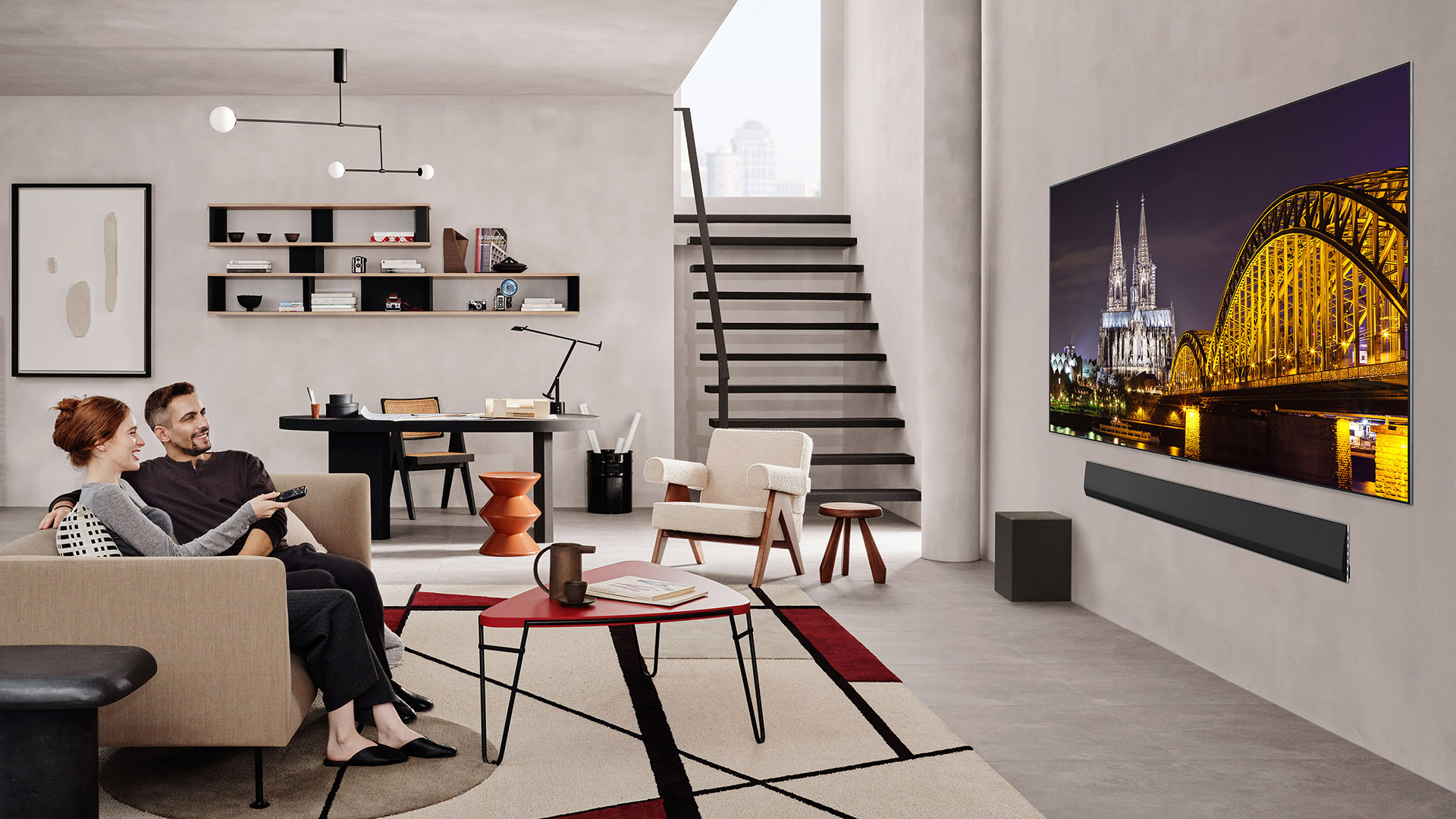
First things first: why might you want any one of these TVs over the next? Here's a quick summary.
The LG OLED G5 has the latest multi-layered OLED panel and is most adept at delivering nuanced black level control, so it's perfect for cinephiles and movie lovers. That said, it's also got four HDMI 2.1 ports, with support to 165Hz, so it's perfect for console and PC gamers too. A master of all, if you will.
The Philips OLED 909, meanwhile, has the same panel as the previous-gen LG, the OLED G4, which is still absolutely stellar – just a little less bright. But it's also cheaper to buy as a result, as outlined above. Importantly, however, you get a lot more luxury built-in with the Philips – not only is there Ambilight, but a Bowers & Wilkins integrated soundsystem means you won't need to buy one of the best soundbars separately, giving it real audio edge versus the LG.
The Samsung QN900F option, however, is the only 8K model here. It's described as a "Neo QLED 8K", meaning it uses Quantum Dot an additional layer in the panel, to bring more colour density than you'll get from the others. That, plus Mini-LED backlighting, means it's bright – something that 8K TVs have typically struggled with, owed to their considerably smaller pixel sizes (owed to resolution). The real obvious reason to want this set is, of course, the 8K panel – its roughly 33 million pixels outnumbering the 8.3 million of 4K by quite a margin. Best to buy big, therefore, to get the utmost of this super resolution – sit too far away and you'd struggle to notice otherwise.
G5 v 909 v QN900F: Which has the best picture?
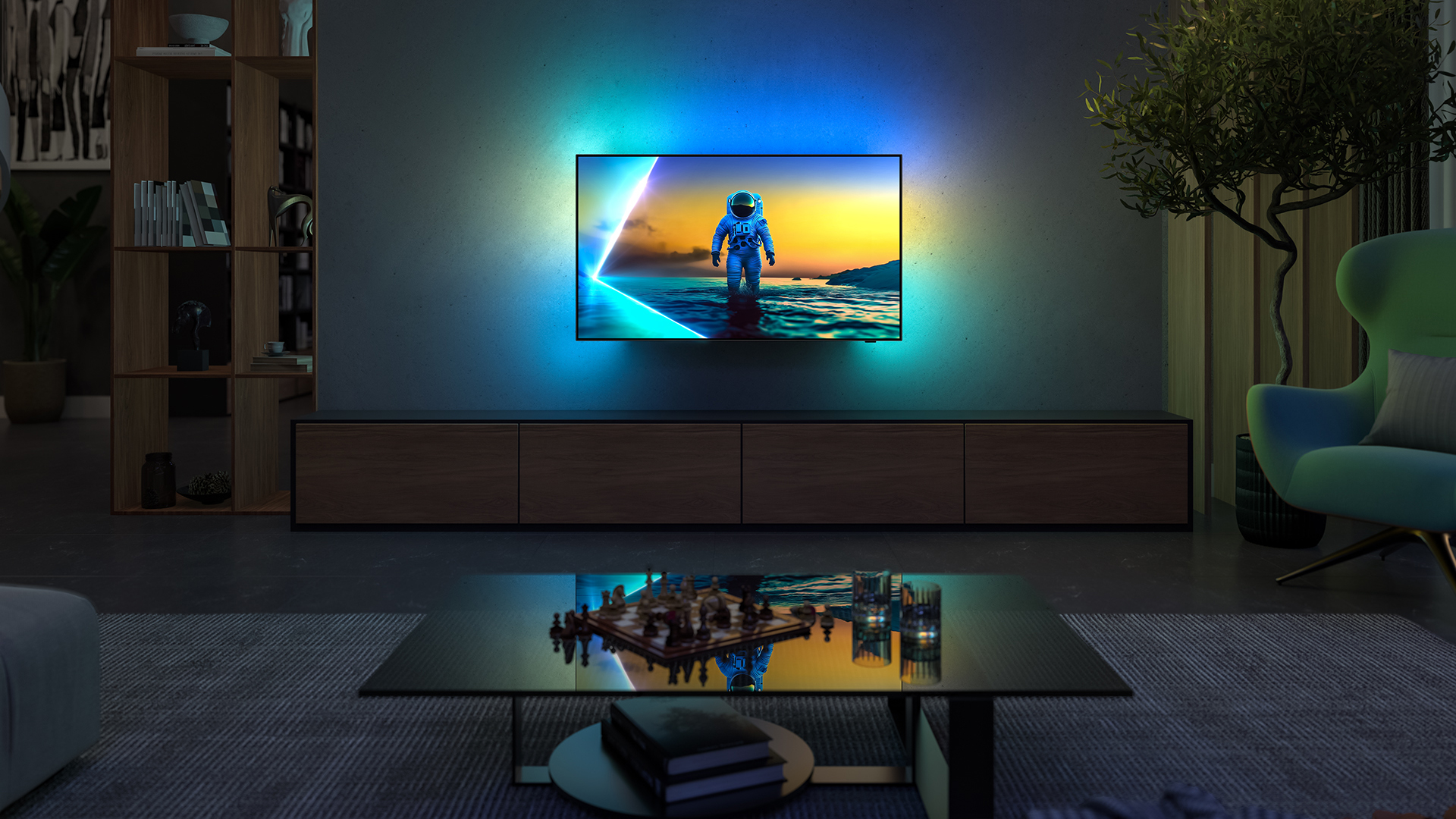
A huge amount of picture quality (sometimes called 'PQ', as you may see in various detailled settings) comes down to picture processing these days, with personal preference a big part of the argument. TVs have further advanced, with artificial intelligence (AI) modes able to auto-detect signals to switch into preferable viewing modes – whether Filmmaker Mode for a 4K Blu-ray, Gaming Mode for your PS5, or Sports Mode when a match is on and motion smoothing needs to go up a notch.
For me, of the trio, it's the LG OLED G5 that has the edge. It's the brightest of the three here, but also the most capable at the opposite end of the scale when it comes to managing black levels. That's something both other brands are accomplished in, of course – they wouldn't be on this luxe list otherwise – just that LG's toolset here extends that whisker further.
Saying that, the Samsung has an anti-reflective coating that makes it really effective in brighter rooms as well as dark ones. It's in dimmer conditions where the less-than-100%-perfect backlighting conditions come into play, of course, and that's where both the Philips and LG step things up – although the Philips can 'crush' black levels a touch, certainly compared to the LG's output.
G5 v 909 v QN900F: Which sounds best?
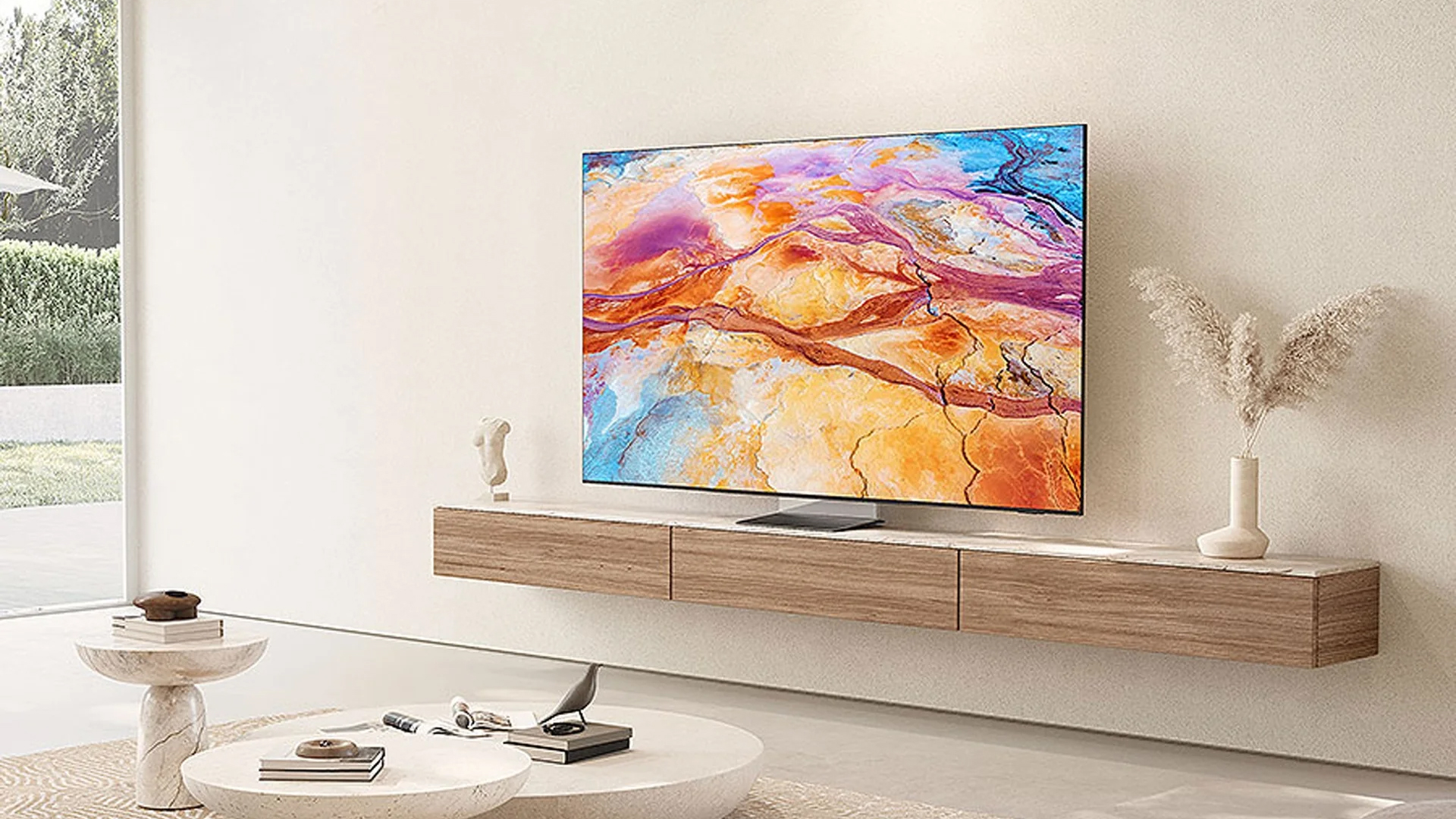
While the LG OLED G5 is my pick for pure image quality, it's actually bottom of the stack when it comes to sound quality – a thin panel design just can't load in a chunky soundsystem and remain, well, thin. As such, out of the box, the sound is fairly washy – so you'll need to further budget for one of the best soundbars for LG TVs in my view.
In the middle of the pack is the Samsung, which has a 4.2.2 channel system – so four for centre, left and right; two woofers for bass; and two upfiring speakers – for Dolby Atmos output. Pair its Q Symphony capability with one of the best soundbars for Samsung TVs, however, all you'll have an absolute audio riot on your hands – as it'll use all available speakers in its sound mix.
The best of the bunch, for my money, however, is the Philips OLED 909. Why? Because it has an integrated Bowers & Wilkins system, which forms its 3.1 setup – centre, left, right; integrated woofer to the rear – and gives a real convincing soundstage from its front material-covered soundbar-alike output. It might have fewer channels than the Samsung, but its quality is outstanding – a given from Bowers & Wilkins, ultimately, and a luxury well worth blessing your ears with.
G5 v 909 v QN900F: Which is best?
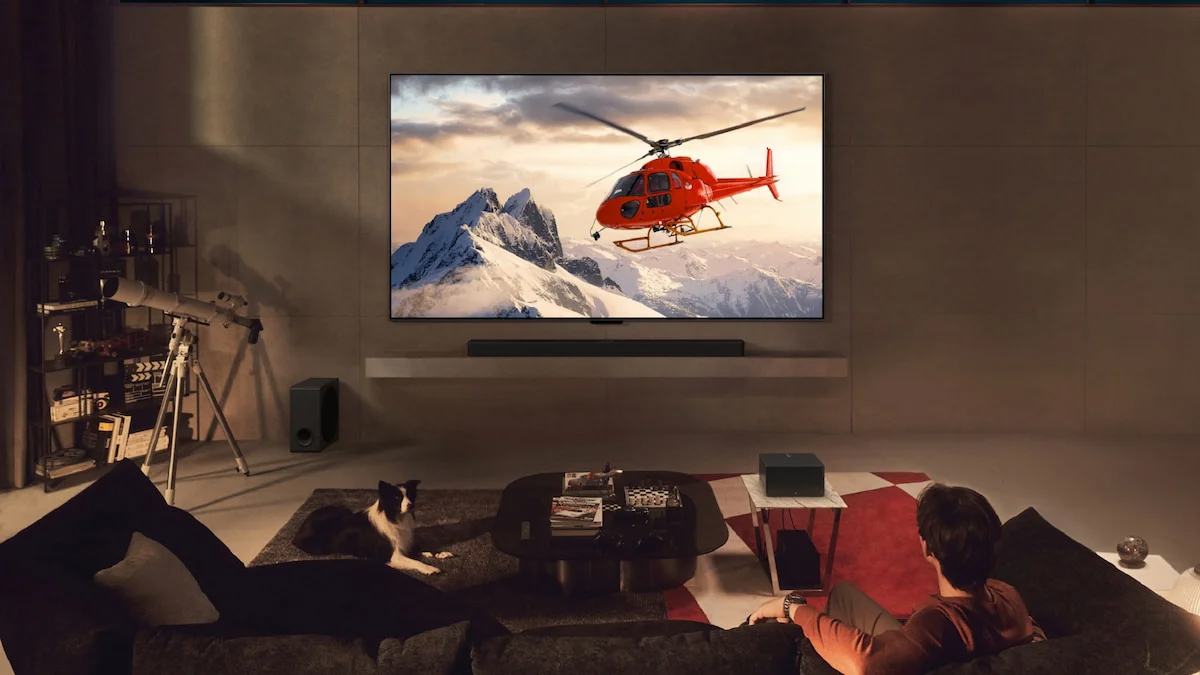
Three superb, luxury TVs and only one winner? It's incredibly difficult to pick a favourite, depending on what your preference is.
If money is no object and you can afford an additional soundbar or surround system then the LG OLED G5 is the most accomplished in my view. Ideal for TV, movies and gaming – it's a master of all.
That might sound counter to the fact the Samsung QN900F has an 8K panel, but it's less bright and there's not much true 8K content out there at the moment. It's a great future-proof option that gamers will love though.
The Philips OLED 909 is less internationally available, but it's the best value luxury option here – with its Ambilight system impressing beyond the panel itself, the Bowers & Wilkins soundsystem being superb out of the box, and the value prospect beating the other two. It's still not cheap, but could be the most savvy option for many – if you're based in the right region.
Honorable Mentions
There are, but of course, many other TVs to consider – plenty of which are high-end, luxe options. So it'd be rude of me to not mention a handful of honorable mentions as alternatives too.
If you like the prospect of the Samsung, but don't think 8K is for you, then the also glare-free Samsung S95F is a QD-OLED option that, when I saw it at CES 2025, looked an absolute star. Sony makes a similar competitor, the Bravia 8 II.
Furthermore, Panasonic is now back to selling TVs all around the globe, and the Panasonic Z95B set is a great LG OLED G5 competitor – with a solid integrated soundsystem to boot.
Last but not least, if big-screen is your biggest desire, then TCL and Hisense are considerable Mini-LED producers to consider too. The former – whose full 2025 range I've detailed here – now makes up to 115-inch TVs, with the TCL C7K being the big boss.

Mike is T3's Tech Editor. He's been writing about consumer technology for 15 years and his beat covers phones – of which he's seen hundreds of handsets over the years – laptops, gaming, TV & audio, and more. There's little consumer tech he's not had a hand at trying, and with extensive commissioning and editing experience, he knows the industry inside out. As the former Reviews Editor at Pocket-lint for 10 years where he furthered his knowledge and expertise, whilst writing about literally thousands of products, he's also provided work for publications such as Wired, The Guardian, Metro, and more.
You must confirm your public display name before commenting
Please logout and then login again, you will then be prompted to enter your display name.
-
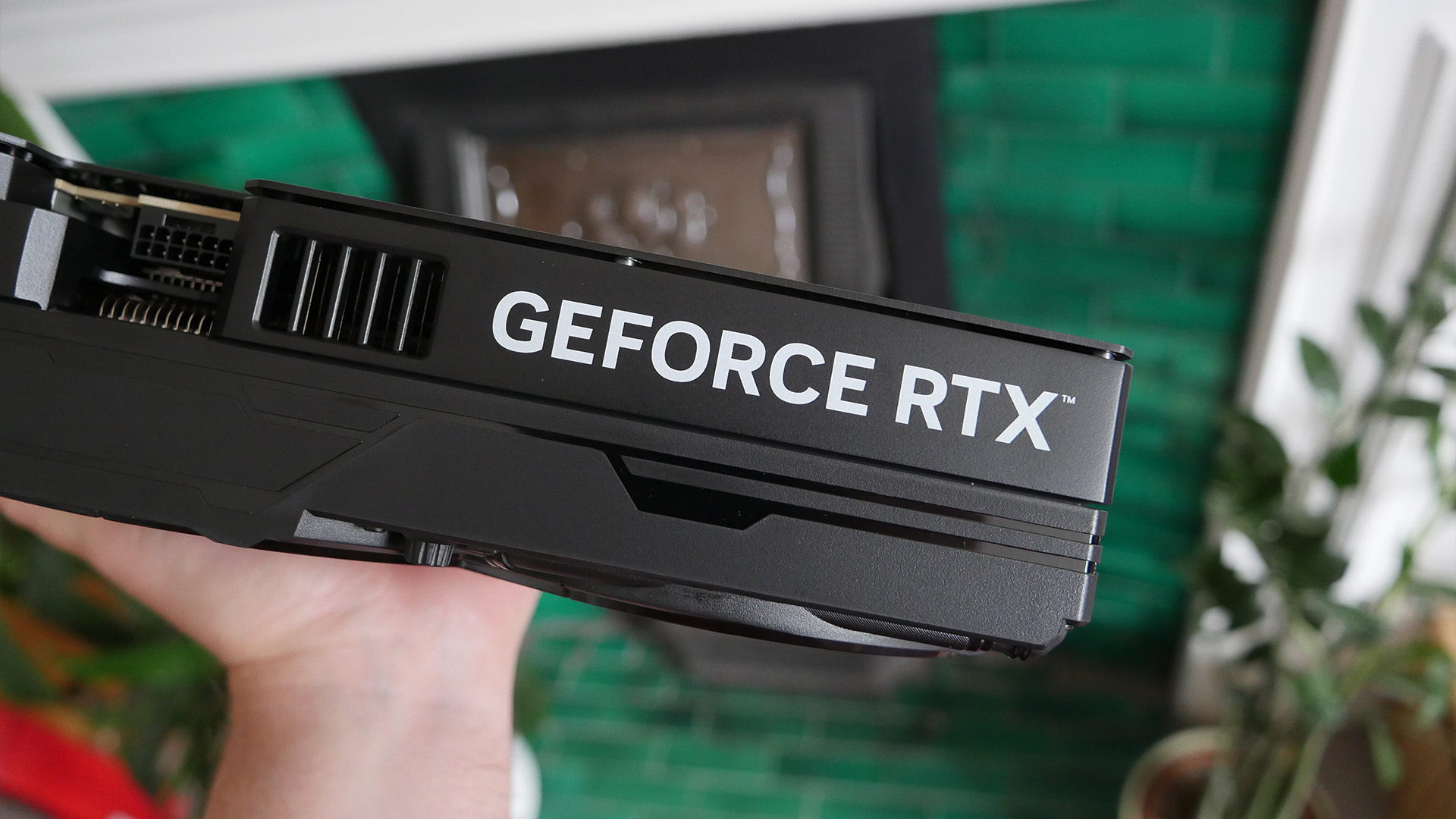 I swapped my PS5 Pro for a top-end Nvidia RTX 5070 rig – and I'm not sure I can go back
I swapped my PS5 Pro for a top-end Nvidia RTX 5070 rig – and I'm not sure I can go backPC gaming has its claws back in me
By Max Freeman-Mills
-
 Beau Lake X Hinckley Newport iSUP review: A luxury paddleboard that’s more yacht than SUP
Beau Lake X Hinckley Newport iSUP review: A luxury paddleboard that’s more yacht than SUPLuxury looks meet laid-back paddling in Beau Lake’s stunning iSUP
By Matt Kollat